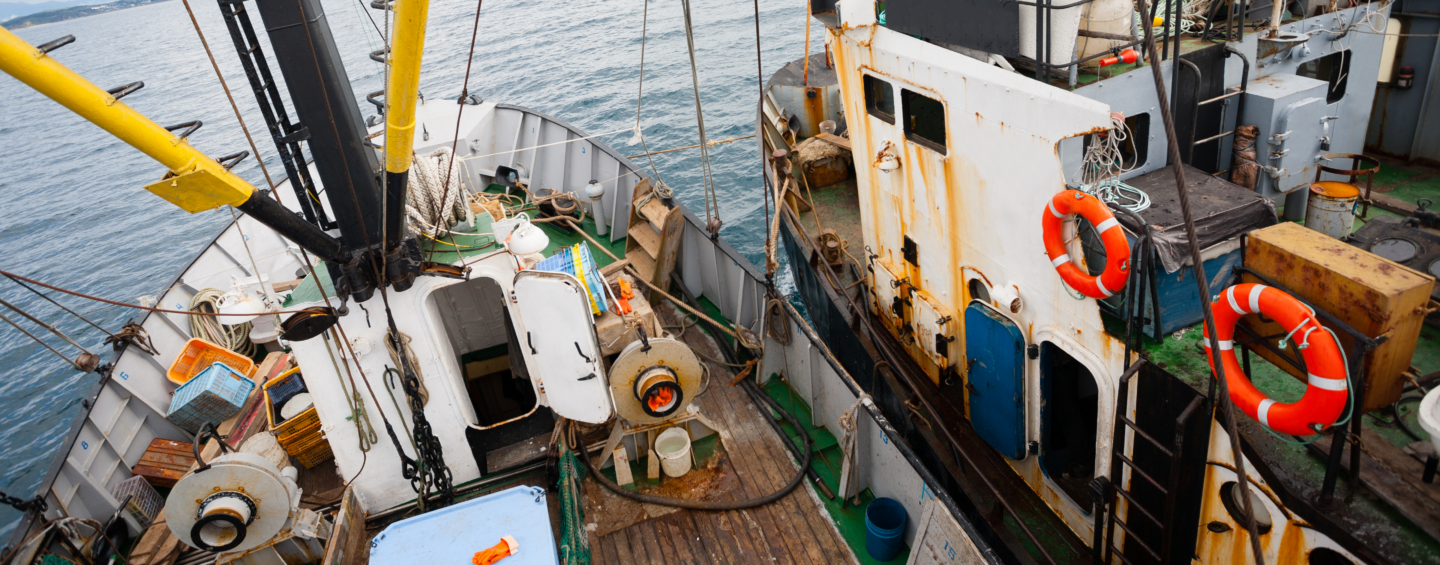Ed. note: This is part one of two, where Amy Sweeting recaps SFP’s two-day forum.
The importance of pre-competitive collaboration, engagement with Regional Fisheries Management Organizations and national governments, and tapping into new markets for sustainability dominated the discussion at SFP’s first-ever Global Fisheries and Aquaculture Forum, in Miami, Florida, last week. The forum brought together more than 100 participants from industry, NGOs, and development agencies to discuss what it will take to reach Target 75, SFP’s goal to see that 75 percent of the world’s seafood in key sectors is considered sustainable or making regular, verifiable improvements by 2020.
The event kicked off on February 6 with several pre-forum meetings, including a standing-room-only crowd at an aquaculture workshop hosted by SFP’s Dave Martin and Jenna Stoner. The two stressed the importance of zonal aquaculture management, to ensure that farms don’t operate in isolation and can share risks with neighboring farms in the same water system. While there have been huge advances in Fishery Improvement Projects (FIPs) over the last decade, “we are just at the beginning with Aquaculture Improvement Projects (AIPs),” Martin said. “We are working with industry to push for stronger aquaculture policy and governance at the national and provincial scales, and to support improvements through the Aquaculture SR.” Several participants also noted the need for a certification standard that adequately incorporates zonal management. “The FAO Code of Conduct contains all the building blocks for a zonal certification, and we are excited to be working with leading standards to develop practical pathways forward,” noted Martin.
SFP also hosted two Supply Chain Roundtable (SR) meetings along with the pre-forum meetings. The first was a gathering of the relatively new Mexican Seafood SR, which represents the first national-level SR, piloting the approach of bringing together suppliers sourcing a variety of seafood products to support overarching policy changes that will then trickle down to the individual fisheries. SFP’s Megan Westmeyer, who coordinates the SR, talked about the dire situation of the vaquita porpoise in the Gulf of California, which is highly threatened by the use of illegal gillnets in the Gulf. “The only thing that will save the vaquita is getting gillnets out of the water as soon as they’re put in,” Westmeyer said, as she encouraged SR participants to financially support on-the-ground efforts to remove illegal gillnets from the water. The meeting also highlighted emerging interest and new improvement activity for snapper on both the Gulf of Mexico and Pacific coasts.
The Eastern Pacific Ocean Large Pelagics SR met to discuss plans to transform its work into a regional effort, focused mainly on mahi fisheries in the region. SFP’s Latin America Fisheries Director Enrique Alonso noted that, while there are already FIPs covering the world’s most productive mahi fisheries, they are all operating at the national level and haven’t been able to impact policy and action at the regional level, which is what will be required in order to achieve MSC certification for the fishery.
Finally, SFP’s Ocean Disclosure Project and environmental non-profit FishChoice issued a joint announcement about a collaboration between the two.
According to the announcement, which you can read in full by clicking here, FishChoice has welcomed the ODP as its newest Sustainable Seafood Affiliate. The new relationship will include data sharing and a new program that will enable eligible companies that participate in FishChoice’s supplier member program to become ODP participants.
Many of the forum’s attendees took part in the day’s events, which set the stage nicely for the themes of collaboration and scaling up of SRs, which would be prominent in the forum itself to follow.
Click here to read part two of this blog and hear more about the forum itself.

